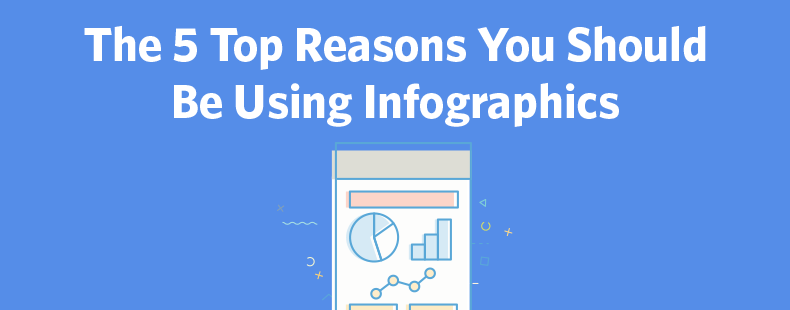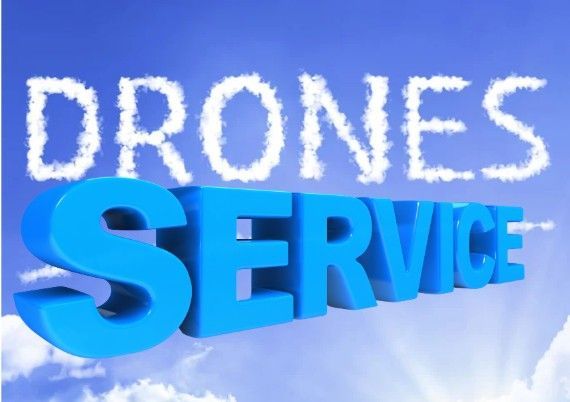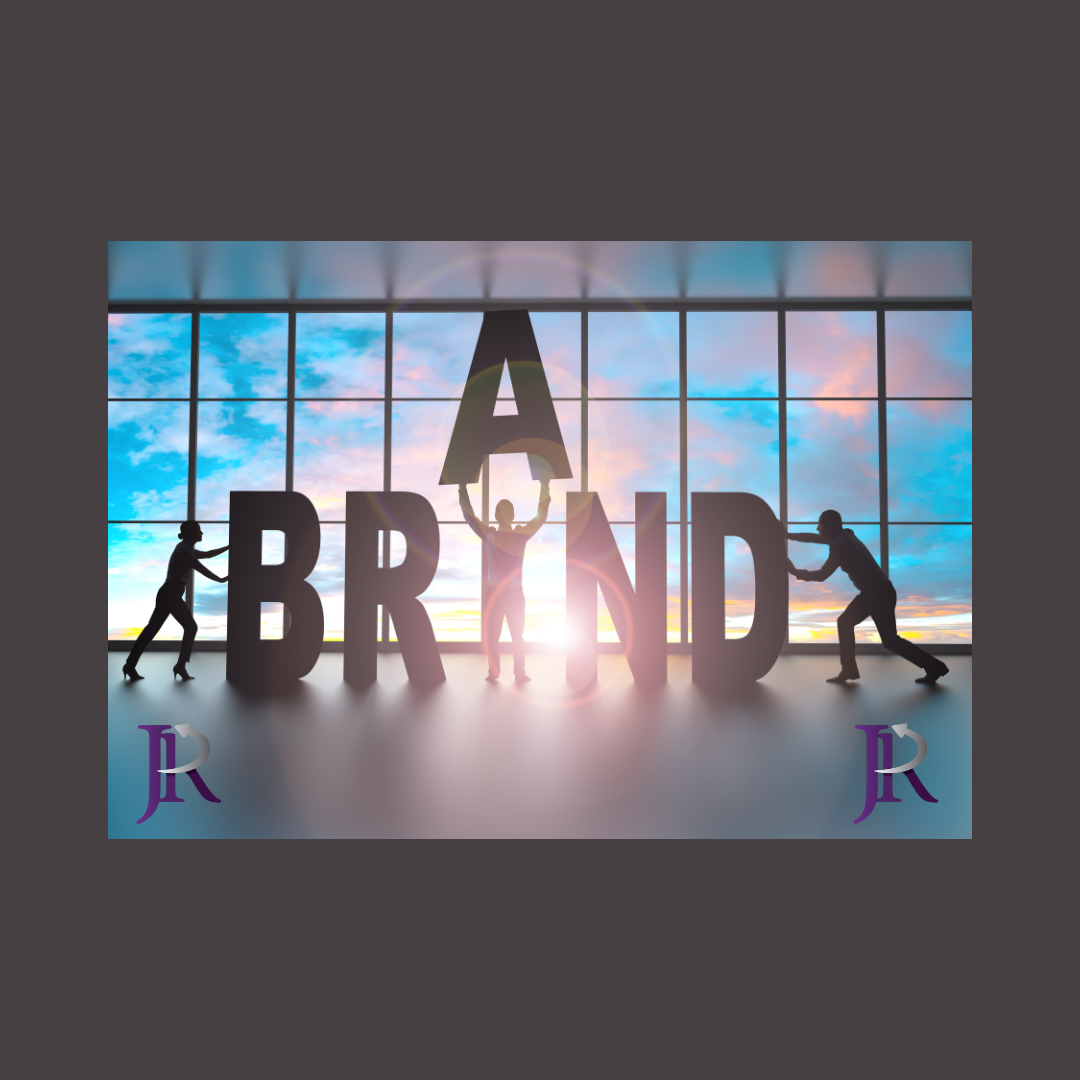Let’s talk about what a “Brand” is and isn't
John R Ramos • January 13, 2020
Let’s talk about what a “Brand” is and isn’t
Most people don’t know what branding is, or they know what it is, but think of it as just their logo. They believe that, if they have a logo, they have a brand.
Branding is the route to making sure that your brand image in the minds of others is perfectly aligned with the brand image you want to have. Whether is on a website, Instagram, Twitter or any other social media platform you may use.
Brands are promises, period. You use it to build trust every time someone comes into contact with you, your name, your message or your business. You can reinforce your brand constantly by keeping your promise. If you don’t stay within the parameters of what your product and/or services provide, you are risking your reputation as a result.
To build a brand, it takes focus, passion, persistence and diligence plus effort and commitment, not only to yourself but to your clients and/or prospects.
Let’s have one thing clear. A logo is a symbol that represents a brand. It is not how you look or what you say or even what you sell. Please don’t forget, a brand is how people come to trust and believe in you.
Side Note…Did You Know…
The concept of brand identity literally comes from branding. Ranchers herded cow across vast plains to take them to market, and often the herds would intermingle. In order to figure whose cow was whose at the end of the cattle drive, the cows carried their ranch’s identity in the form of a brand. Branding products came into practice when artisans began to mark their work with their signatures or distinctive symbols. There symbols became identifiable to consumers. If the product was superior in the mind of the consumer, that mark or brand came to represent high quality.
Here are two examples in today’s marketplace:
- Everyone knows that “Starbucks” sells coffee and other beverages but it stands for daily inspiration.
- Apple sells computers but it stands for being different.
Your brand lives in your clients’ minds. It creates a belief and perception that must be in alignment what with your brand stands to be. It creates a strong emotional attachment.
As you develop your brand and it gains strength and loyalty in the marketplace, you will begin to reap the following benefits:
* It makes selling a bit easier* It will prevail over no-name offerings
* It will build equity
Whether you’re selling products to consumers, investment opportunities to stockholders, job opportunities to applicants, freelance or consulting services to clients, or ideas to constituents, a brand paves the way for success by establishing positive awareness of your unique and meaningful promise before you ever present your sales proposition.
The marketplace will understand what you stand for and what unique value they can count on you to deliver. Without a positive awareness, you have to build a case for the value you can deliver every single time you get ready to make a sale.
There are two distinctions I would suggest you keep in mind when you are out marketing, one, you either are a one-of-a-kind brand OR one-is-as-good-as-any-other commodity.
Brands are products defined by and chosen for their unique distinguished attributes and promise while commodities are products that are easy to substitute and hard to differentiate.
Selling a no-name item is a costly endeavor to a brick-and-mortar establishment and it’s an even tougher challenge if your online presence does not reflect a cohesive image with all of you marketing. It’s even more of a challenged proposition online because there is no one standing to explain, inspire confidence or counter resistance with a viable alternative.
Brands that are preferred and valued by consumers deliver a long list of business benefits that turns into higher sales. People are willing to pay more because they believe it will deliver a desirable benefit.
Also, they will stay loyal creating repeat business. If you have employees, it will make it easier for them to stay with you because they will be proud of who they represent and what they can deliver.
Here are some branding lingo:
- Brand: The essence and idea of what you stand for.
- Brand identity: The name and visual marks that represent you brand, usually in the form of a logo, symbol, or unique type-style.
- Brand image: The belief about what your brand is and what it stands for that exist in the customer’s mind as a result of all encounters.
- Branding: The process of building a consistent positive perception in your customer’s mind.
- Brand position: How your brand fits in with and relates to various other brands within your competitive market.
- Brand management: Controlling the presentation of your brand identity, message and promise.
- Brand equity: The value of your brand as an asset based on its quality, reputation, recognition, and the demand, loyalty, and premium pricing it generate.
There are other terms related to “branding” and they will be covered in future blogs.
POST WRITTEN BY
John R. Ramos
The John Ramos Blog

IYou’ve likely seen them: bold visuals, stacked icons, concise text, telling a story at a glance. That’s an “infographic “—but in 2025, it’s more than just a pretty picture. For small-to-medium-sized businesses ready to stand out in a noisy marketplace, infographics remain a potent tool—if used strategically.

In the realm of digital marketing, content is king. But to truly reign supreme, you need a trusted steed—email marketing. The combination of high-quality content and strategic email campaigns can propel your small to medium-sized business (SMB) to new heights of engagement and customer loyalty. Here’s a comprehensive guide on how to make this dynamic duo work for you.

Hey there, friend! Have you ever wondered what exactly sets content marketing apart from blogging? Today, let's simplify it in my easy-going style—making it crystal clear and fun for anyone! Here's What We'll Chat About: * What exactly is Content Marketing? * What does Blogging really mean? * What's the main difference between Content Marketing and Blogging? * Why are both super important? * How to blend Content Marketing and Blogging effectively

If you’re running a business in 2025, you’ve probably noticed just how noisy the online world has become. We’re all getting hit with ads, pop-ups, and social media posts every time we pick up our phones. But here’s the thing: **people don’t want more noise. They want a connection. ** And that’s precisely why **email marketing is still one of the most powerful tools you can use to build absolute trust with your audience. ** Whether you’re just starting out or already have a list of subscribers, this guide will walk you through how to use email not just to sell, but to connect — and how * The JR Solutions * can support you every step of the way.

In a recent post, I wrote about ten reasons a business needs an updated website. In this post, I would like to elaborate a little bit more as to why you should consider my suggestion(s). As an email marketing specialist and content writer for small to medium-sized businesses, I want to talk to you about something super important for your website: optimizing it for mobile devices. Nowadays, almost everyone uses their smartphones and tablets to browse the internet. That's why having a website that is mobile-friendly is so crucial. It provides a better user experience and can improve your search engine rankings, making it easier for potential customers to find your site. A responsive design is one way to ensure your website is mobile-friendly. . This means your site's layout and content automatically adjust to fit any device’s screen size. Pretty cool, right? Another way to optimize your site for mobile is by optimizing images. Large images can slow down your site's load time, which can be frustrating for mobile users. So, compress images and reduce their file size without sacrificing quality. Simplifying navigation is another crucial factor for mobile optimization. Use clear, concise labels for your menus, and make sure they're easy to access from any device. This can help mobile users find what they're looking for quickly and easily. Testing your website on multiple devices is also a good idea. This will help you identify any issues that must be addressed to ensure your site looks and functions nicely across all devices. Lastly, prioritize speed. Mobile users expect websites to load quickly, so minimizing the use of large images and videos, using browser caching, and compressing your code can all help reduce your site's load time. . So, there you have it! Optimizing your website for mobile devices is essential for providing a positive user experience, improving search engine rankings, and driving conversions and sales. As an email marketing specialist and content writer for small to medium-sized businesses, I encourage you to consider these tips and make sure your website is optimized for mobile. . Your competitors may have updated their websites, which can make your site look outdated in comparison. Updating your website can help to ensure that you stay competitive and that your business stays relevant in today's digital landscape.




